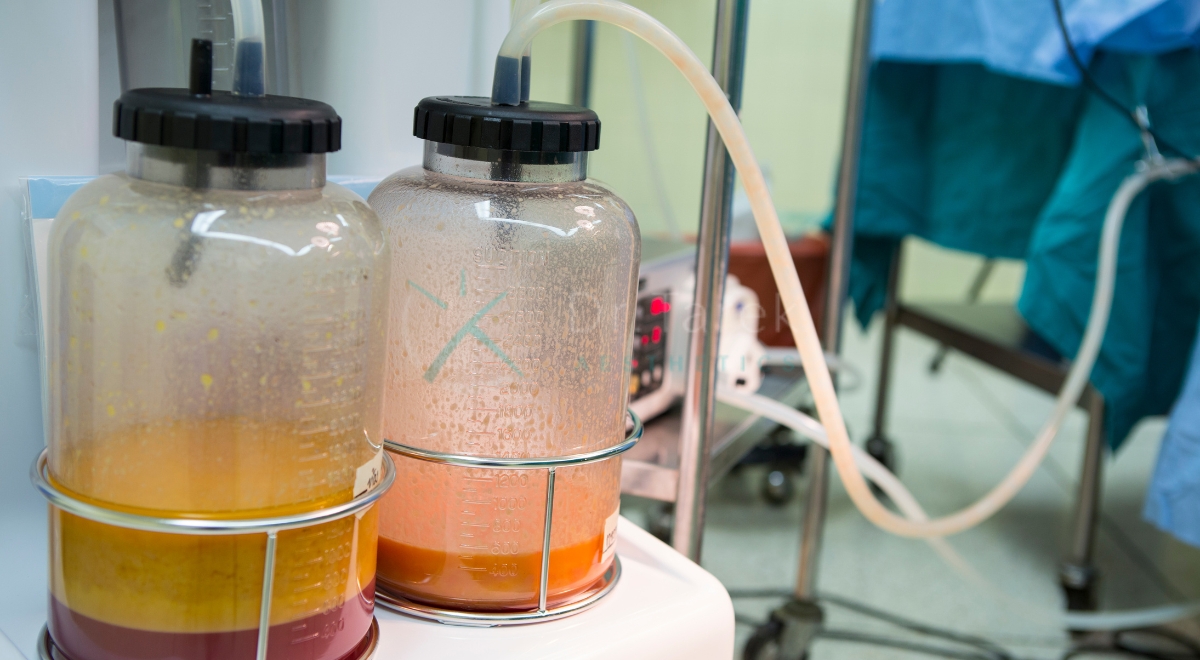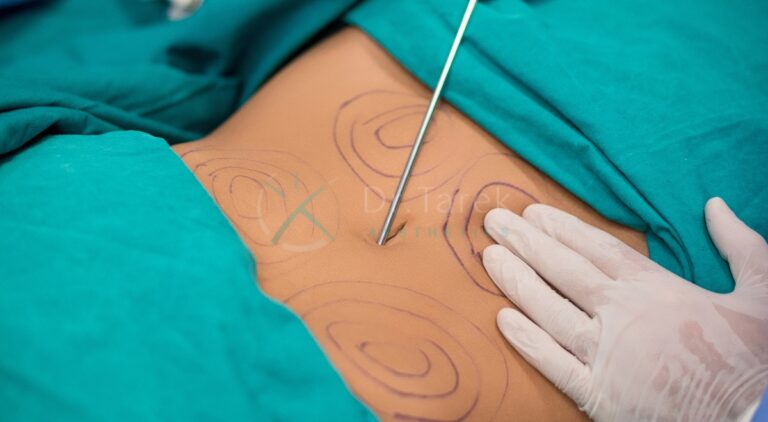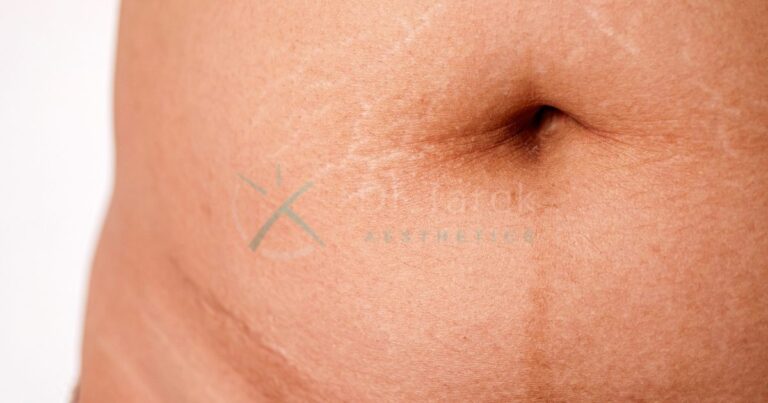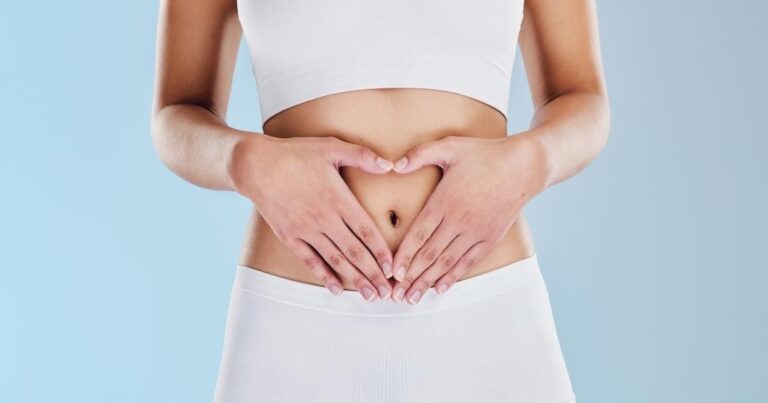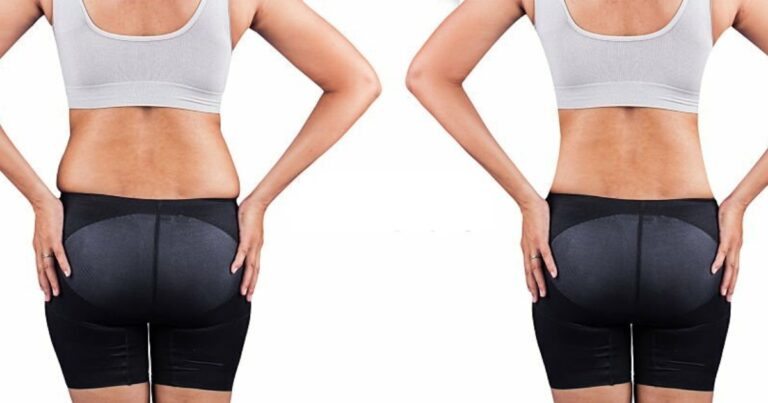When Is Liposuction a Good Idea?
Understanding Liposuction
Liposuction is a popular cosmetic surgical procedure designed to remove excess fat deposits from specific areas of the body. This technique helps contour and reshape various body parts, providing patients with a more sculpted appearance. Dr. Tarek, a renowned plastic surgeon, explains that liposuction is not a weight-loss solution but rather a method to address stubborn fat pockets resistant to diet and exercise.
Dubai Cosmetic Surgery offers advanced beauty treatments for people who want to change their looks
many people travel to Dubai Cosmetic Surgery clinics for high-quality procedures and skilled doctors
What is Liposuction?
Liposuction involves the surgical removal of fat cells from targeted areas of the body. During the procedure, a thin tube called a cannula is inserted through small incisions in the skin. The cannula is then used to suction out excess fat, resulting in improved body contours and proportions.
Types of Liposuction Procedures
There are several types of liposuction procedures available, each with its own unique advantages:
Suction-Assisted Liposuction
This traditional method uses a vacuum-like device to remove fat cells. It is effective for larger areas and can remove significant amounts of fat in a single session.
Book A Consultation With Dr Tarek Bayazid
Top-rated Plastic Surgeon For Liposuction in Dubai
Installment Plan Available
SmartLipo®
SmartLipo® utilizes laser technology to liquefy fat cells before removal. This technique offers the added benefit of skin tightening and can be particularly effective for smaller, more delicate areas.
BodyTite®
BodyTite® combines radiofrequency energy with liposuction to simultaneously remove fat and tighten skin. This method is ideal for patients concerned about skin laxity after fat removal.
- Suction-Assisted Liposuction: Best for larger areas
- SmartLipo®: Ideal for smaller, delicate areas
- BodyTite®: Combines fat removal with skin tightening
Why People Choose Liposuction
Common Reasons for Liposuction
People opt for liposuction for various reasons, primarily to address stubborn fat deposits that persist despite a healthy lifestyle. Common motivations include:
- Enhancing body contours
- Boosting self-confidence
- Achieving a more proportionate figure
- Addressing genetic predispositions to fat accumulation in specific areas
Benefits of Liposuction
Liposuction offers several benefits that make it an attractive option for body contouring:
- Immediate and noticeable results
- Long-lasting effects when combined with a healthy lifestyle
- Improved body proportions and silhouette
- Enhanced clothing fit and appearance
Liposuction vs. Noninvasive Fat Reduction
While noninvasive fat reduction methods have gained popularity, liposuction remains the gold standard for significant fat removal and body contouring. Here’s a comparison:
| Aspect | Liposuction | Noninvasive Fat Reduction |
| Results | Immediate and dramatic | Gradual and less pronounced |
| Downtime | Several days to weeks | Minimal to none |
| Precision | Highly targeted | Less precise |
| Amount of fat removed | Significant | Moderate |
Ideal Candidates for Liposuction 
Who Is an Ideal Candidate for Liposuction?
The ideal candidate for liposuction is someone who:
- Is within 30% of their ideal body weight
- Has good skin elasticity
- Maintains a stable weight
- Has realistic expectations about the procedure’s outcomes
Dr. Tarek emphasizes that liposuction is not a substitute for weight loss but rather a body contouring tool for those already close to their ideal weight.
Suitability for Liposuction
To determine if you’re suitable for liposuction, consider the following factors:
- Overall health status
- Specific areas of concern
- Skin quality and elasticity
- Willingness to maintain results through lifestyle choices
Medical Conditions and Liposuction
Certain medical conditions may affect your eligibility for liposuction:
- Heart problems
- Blood clotting disorders
- Diabetes
- Immunodeficiency disorders
It’s crucial to discuss your complete medical history with your surgeon to ensure your safety during the procedure.
Liposuction Treatment Areas
Common Treatment Areas
Liposuction can be performed on various parts of the body to address specific concerns:
Liposuction Under Chin
This procedure, also known as submental liposuction, targets the double chin area. It can significantly improve the jawline and neck contour, creating a more defined profile.
Abdomen and Waist
Abdominal liposuction is one of the most popular treatment areas. It can help achieve a flatter stomach and more defined waistline, especially when diet and exercise have not yielded desired results.
Thighs and Buttocks
Liposuction in these areas can help create more proportionate lower body contours. It’s particularly effective for addressing saddlebags on the outer thighs or sculpting the buttocks for a more lifted appearance.
- Other common treatment areas include:
- Arms
- Back
- Hips
- Knees
- Ankles
What to Expect During the Procedure
Before the Procedure
Prior to liposuction, you’ll have a consultation with your surgeon to discuss your goals and expectations. They will evaluate your health, mark the treatment areas, and provide pre-operative instructions.
During the Procedure
Liposuction is typically performed under local anesthesia with sedation or general anesthesia. The surgeon will make small incisions, insert the cannula, and suction out the excess fat. The procedure usually takes 1-3 hours, depending on the extent of the treatment.
After the Procedure
Immediately after the procedure, you’ll be monitored in a recovery area. You may experience some swelling, bruising, and discomfort. Your surgeon will provide post-operative care instructions and may recommend wearing compression garments to support healing.
Risks and Considerations 
Potential Risks of Liposuction
While liposuction is generally safe when performed by a qualified surgeon, it’s important to be aware of potential risks:
Common Risks and Complications
- Infection
- Bleeding
- Contour irregularities
- Numbness or changes in skin sensation
- Fluid accumulation (seroma)
- Poor wound healing
How to Minimize Risks
To reduce the likelihood of complications:
- Choose a board-certified plastic surgeon with extensive experience in liposuction
- Follow all pre- and post-operative instructions carefully
- Disclose your full medical history and any medications you’re taking
- Maintain a healthy lifestyle before and after the procedure
Preparing for Liposuction
How to Prepare for Liposuction
Proper preparation can help ensure a smooth procedure and recovery:
- Stop smoking at least six weeks before surgery
- Avoid blood-thinning medications and supplements
- Arrange for someone to drive you home after the procedure
- Prepare a comfortable recovery area in your home
Choosing a Qualified Surgeon
Selecting the right surgeon is crucial for achieving optimal results and minimizing risks. Look for:
- Board certification in plastic surgery
- Extensive experience in liposuction procedures
- Before and after photos of previous patients
- Positive patient reviews and testimonials
Questions to Ask Your Surgeon
During your consultation, consider asking:
- How many liposuction procedures have you performed?
- What type of liposuction do you recommend for my case?
- What results can I realistically expect?
- What are the potential risks and complications specific to my case?
- How long will my recovery take?
Recovery and Results
The Recovery Process
Immediately After Liposuction
In the first few days after liposuction, you may experience:
- Swelling and bruising
- Mild to moderate pain
- Drainage from incision sites
Your surgeon will provide pain medication and instructions for managing these symptoms.
Self-Care After Liposuction
To promote healing and achieve optimal results:
- Wear compression garments as directed
- Take short walks to promote circulation
- Avoid strenuous activities for 2-4 weeks
- Stay hydrated and maintain a healthy diet
Long-Term Outlook After Liposuction
Most patients can return to work within a week, depending on the extent of the procedure. Full results typically become apparent after 3-6 months as swelling subsides and the body adjusts to its new contours.
Results and Effectiveness
What to Expect from Liposuction Results
Liposuction can provide significant improvements in body contour, but it’s important to have realistic expectations:
- Results are long-lasting if you maintain a stable weight
- Some skin tightening may occur, but liposuction is not a skin tightening procedure
- Minor asymmetries or irregularities may be present
Before and After Photos
Reviewing before and after photos of patients with similar body types can help you understand potential outcomes. Your surgeon should be able to provide these during your consultation.
Committing to Lasting Results
To maintain your liposuction results:
- Follow a balanced diet
- Engage in regular exercise
- Stay hydrated
- Avoid significant weight fluctuations
Alternatives to Liposuction
Noninvasive Fat Reduction Procedures
For those seeking alternatives to surgical liposuction, several noninvasive options are available:
CoolSculpting®
This procedure uses controlled cooling to freeze and eliminate fat cells. It’s effective for small to moderate fat deposits and requires no downtime.
truSculpt®
truSculpt® uses radiofrequency energy to heat and destroy fat cells. It can also provide some skin tightening benefits.
SculpSure®
SculpSure® employs laser technology to heat and eliminate fat cells. It’s suitable for various body areas and requires no recovery time.
Liposuction vs. Nonsurgical Body Contouring
When deciding between liposuction and nonsurgical alternatives, consider:
| Factor | Liposuction | Nonsurgical Body Contouring |
| Invasiveness | Surgical procedure | Noninvasive |
| Results | Immediate and more dramatic | Gradual and less pronounced |
| Downtime | Several days to weeks | Minimal to none |
| Number of treatments | Usually one | Multiple sessions often required |
| Cost | Higher upfront cost | May be more cost-effective for small areas |
FAQs
When is liposuction a good idea?
Liposuction is a good idea when you have stubborn fat deposits that don’t respond to diet and exercise. It’s ideal for individuals who are close to their target weight but struggle with specific areas of fat accumulation. Liposuction can help contour these problem areas, providing a more proportionate and sculpted appearance.
What are the benefits and risks of liposuction?
The benefits of liposuction include immediate fat reduction, improved body contours, and enhanced self-confidence. However, it’s important to consider the risks, which may include infection, bleeding, contour irregularities, and changes in skin sensation. Choosing a qualified surgeon and following proper pre- and post-operative care can help minimize these risks.
How do I know if I am a good candidate for liposuction?
You may be a good candidate for liposuction if you’re within 30% of your ideal body weight, have good skin elasticity, and maintain a stable weight. It’s also important to have realistic expectations about the procedure’s outcomes. A consultation with a board-certified plastic surgeon can help determine if liposuction is right for you based on your individual circumstances and goals.
What should I expect during the liposuction recovery process?
During the liposuction recovery process, you can expect some swelling, bruising, and discomfort in the treated areas. Most patients can return to work within a week, but full recovery may take several weeks. It’s important to wear compression garments, avoid strenuous activities, and follow your surgeon’s post-operative instructions carefully to ensure optimal healing and results.
Are there noninvasive alternatives to liposuction?
Yes, there are several noninvasive alternatives to liposuction, including CoolSculpting®, truSculpt®, and SculpSure®. These procedures use various technologies to reduce fat without surgery. While they typically require multiple treatments and provide more gradual results compared to liposuction, they offer the advantage of little to no downtime. The best option for you depends on your specific goals, the amount of fat to be removed, and your preferences regarding recovery time.
